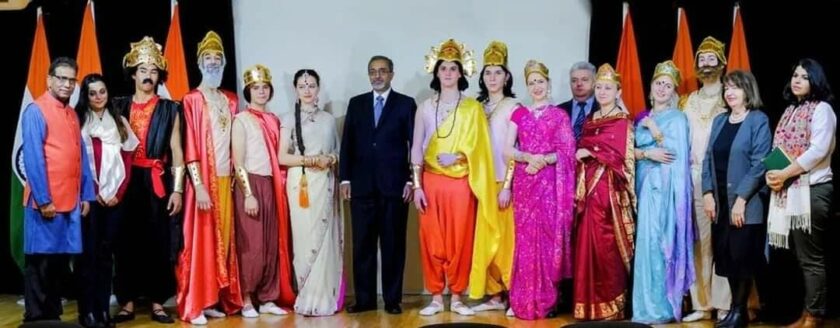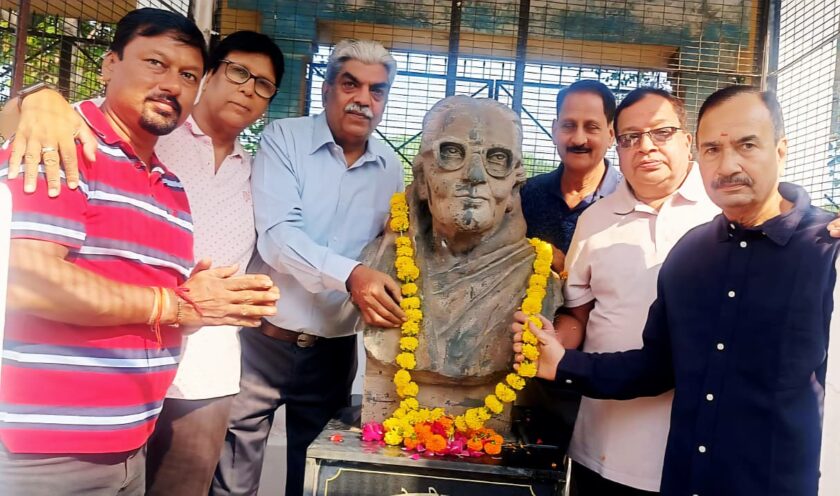New Delhi: In a digital age where every click, view, and share shapes the narrative, the recent clash between YouTube creator Mohak Mangal and news agency Asian News International (ANI) has sent ripples through India’s media landscape. The Delhi High Court’s order on May 29, 2025, directing Mangal to take down his viral video critiquing ANI’s alleged “extortion racket” has ignited a firestorm of debate about copyright, free speech, and the power dynamics between independent creators and media giants. With 5.5 million views before its removal, Mangal’s video wasn’t just a critique—it was a cultural moment, one that exposed the fragile balance between creative freedom and legal constraints in India’s booming digital ecosystem.
Mangal, known for his incisive video essays on social and political issues, took aim at ANI, accusing the agency of using YouTube’s copyright strike system to demand hefty licensing fees—reportedly ₹45–50 lakh in his case—for using brief clips of their footage, some as short as 9 seconds. His video, titled with provocative flair, described ANI’s tactics as “hafta wasooli” (extortion) and “gunda raj” (thuggery), terms the court later deemed defamatory. The backlash was swift. ANI, a powerhouse news agency supplying footage to major broadcasters, didn’t just issue a copyright strike; it took Mangal to court, alleging defamation and copyright infringement. The court’s ruling allowed Mangal to re-upload an edited version, stripping out the offending terms and certain clips, but the damage was done. The incident has left creators, viewers, and media watchers grappling with its implications.
For India’s YouTube community, this is more than a legal spat—it’s a wake-up call. Creators like Dhruv Rathee, who called ANI’s actions a “classic case of bullying,” and Kunal Kamra, who urged creators to “stand united,” have rallied behind Mangal, turning X into a battleground of hashtags and hot takes. “When a news agency can silence a creator over a 10-second clip, what’s left of free speech?” Rathee posted, echoing the sentiments of thousands. The outrage isn’t just about Mangal; it’s about a system that lets powerful entities weaponize copyright laws to stifle critique. India’s Copyright Act of 1957, with its vague “fair dealing” provisions, offers little clarity on how much footage creators can use for commentary or reporting. Unlike the U.S.’s broader “fair use” doctrine, India’s legal framework feels like a tightrope, and creators are falling off.
Mangal’s case has peeled back the curtain on YouTube’s Content ID system, a double-edged sword that empowers copyright holders to issue strikes without human oversight. For small creators, a single strike is a warning; three, and their channel vanishes. “It’s a death sentence for independent voices,” said Nitish Rajput, another YouTuber who joined the chorus of support. ANI’s aggressive enforcement—demanding lakhs for seconds of footage—has sparked accusations of profiteering. On X, users have called it a “racket,” with some even urging a boycott of ANI’s content. The agency, for its part, defends its actions as protecting intellectual property, but the public relations fallout is undeniable. “ANI’s shooting itself in the foot,” one X user quipped. “They’re alienating the very creators who amplify their reach.”
The controversy arrives at a pivotal moment. India’s creator economy is exploding, with YouTubers like Mangal commanding millions of followers and shaping public discourse. Yet, the threat of copyright strikes looms large, forcing creators to think twice before tackling powerful players. Mangal himself took to X, announcing he’d written
to Union Minister Ashwini Vaishnaw, urging reforms to protect creators. “We need clear rules, not fear,” he wrote, a plea that resonates with a generation of digital storytellers. Meanwhile, ANI’s broader legal battles, including a lawsuit against OpenAI for using its content to train AI models, signal that these issues aren’t just local—they’re global.
The court’s nuanced ruling offers a glimmer of hope. By allowing Mangal to re-upload an edited video, it acknowledged his right to critique, provided he dials back the rhetoric. But the message is clear: words matter, and terms like “extortion” or “kidnap” can land creators in hot water. For many, this feels like a compromise between free speech and responsibility, but it’s also a reminder of the power imbalance. ANI, with its deep pockets and legal muscle, can afford to play hardball; most creators can’t. As Mohammed Zubair, co-founder of Alt News, put it, “This isn’t just about one video. It’s about who gets to control the narrative.”
As the dust settles, the media community is left at a crossroads. Will creators band together to push for fairer copyright laws? Will platforms like YouTube rethink their automated strike systems? And will news agencies like ANI learn to collaborate rather than confront? For now, Mangal’s edited video may return, but the larger fight—for a digital space where voices can critique without fear—has only begun. The stakes are high, and India’s creators are watching closely, ready to shape the story.
---------------------------------------------------------------------------------------------------






